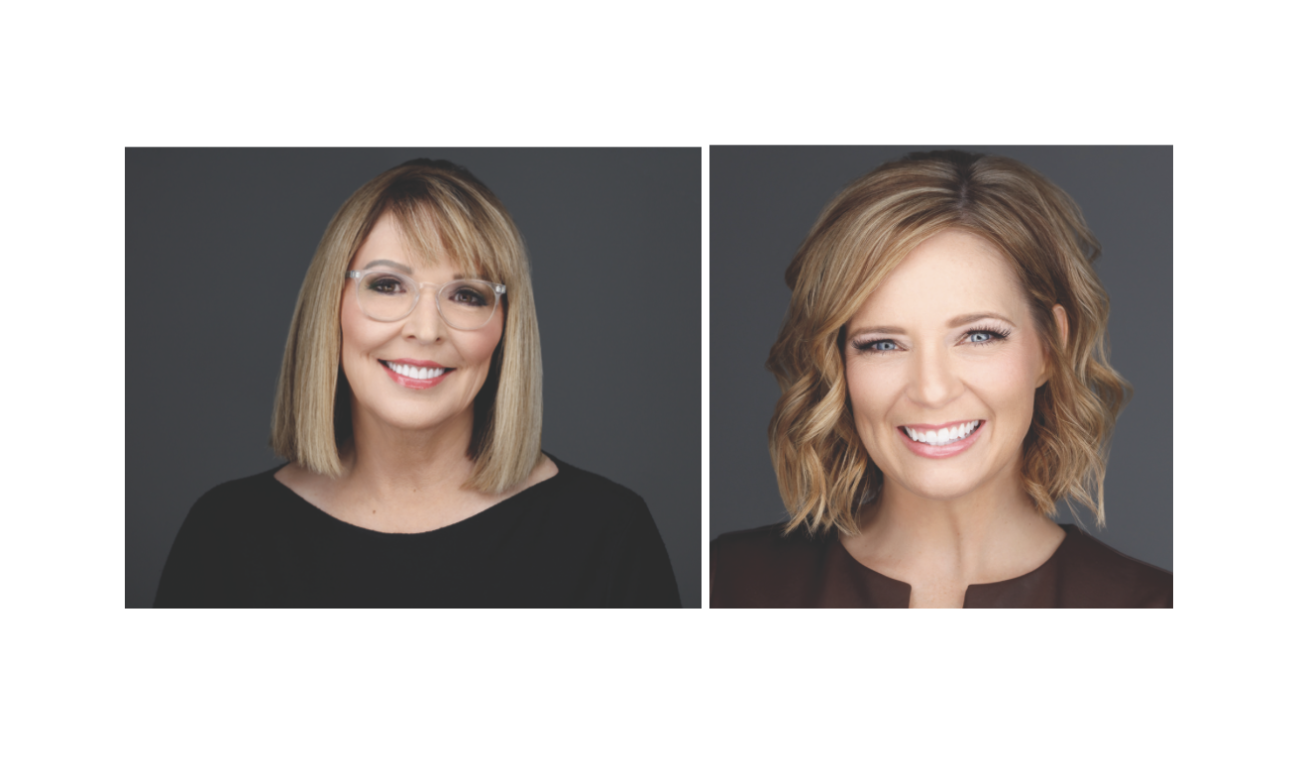In 2022, Gail Doby and Erin Weir, partners in interior design business consultancy The Pearl Collective (previously Gail Doby Coaching & Consulting) launched the company’s first initiative intended to better understand their clients’ design businesses and hiring challenges, and to share those findings with other interior design firms.
The timing couldn’t have been better. Following COVID-19 and all that the pandemic changed, once things began to open up again, contrary to what the industry anticipated, demand for design services began to rebound and then boomed. Many found themselves busier than they had been before the pandemic, according to Doby and Weir.
While many interior design firms saw business trending upward even before the pandemic, that event made it even more difficult to attract, hire and retain talented and experienced designers. As a result, design firms have seen increased demand for higher salaries and more benefits. Doby and Weir’s efforts via this survey were to learn what impact all of these changes and challenges has been on interior design businesses and how firms were addressing the issues. The purpose of the survey has been to bring this information to the forefront to advise upcoming business decisions.
Key Findings in the 2022 Interior Designers Survey on Fees, Salaries and Competing for Talent
- Most interior design firms have rebounded since the start of the pandemic.
- Business conditions, operations, size of firm and sales are roughly the same for firms that do all or mostly residential projects and those that do all or mostly commercial projects.
- More than half of the firms surveyed reported 2021 gross sales of less than $500,000. The majority of firms with no employees and those that have been in business five years or less had gross sales of less than $250,000.
- About 80 percent of all firms charge fees either hourly or hourly plus mark-up, with nearly six in 10 charging hourly plus mark-up. About 40 percent used fixed fee solely or in addition.
- Nearly two-thirds of all firms charge $200/hour or less, with the majority charging $150/hour or less.
- Design firms with no employees and those that have been in business for five years or less were more likely to charge less than $150/hour.
- Nearly two-thirds of all firms that charge a markup charge 35 percent or less. Approximately half of design firms that have no employees or have been in business for less than five years charge a 25 percent markup or less.
- Landing new ideal projects of the desired size, attracting more ideal clients, project schedule and product delays, product availability, rising costs and settings fees and/or earning more revenue from projects were design business owners’ top business concerns.
- Maintaining contact with current and former clients; increasing networking with local building and real estate professionals, contractors and service providers; increasing social media presence; and raising fees or changing billing practices were owners’ top strategies to address current business challenges.
- Firms with one to two employees and those with no employees make up the majority of firms that responded. Fewer had three to five employees, and very few more than five.
- About a third of firms increased their staff size with the past, and slightly more plan to increase staff size this year.
- About six in 10 firms have contractors in the firm. Of those that do, many use just one or two.
- Half of all firms hired or attempted to hire staff during the past year, and three-quarters of those hired or attempted to hire one or two staff.
- Design assistants and interior designers were the positions most firms that added staff hired for.
- Most hires took two months or less.
- A lack of available candidates, applicants not being qualified for the position, applicant not being a good fit for the firm, and applicants seeking a higher level of compensation than that being offered for the position were owens’ top hiring challenges.
- Remote work, flexible schedule, two or more weeks vacation/paid leave, bonuses, annual raises and compensation for work-required travel and expenses were employees’ top requests for additional benefits.
- Regardless of the type, size or location of practice, many firms pay similar salary ranges for the same positions.
To Learn More
To dive deeper into the business challenges and solutions for interior design firms, read the full report here: thepearlcollective.com/fldecor-final2022
We want to hear from you! Be the first to take the 2023 Interior Designers







